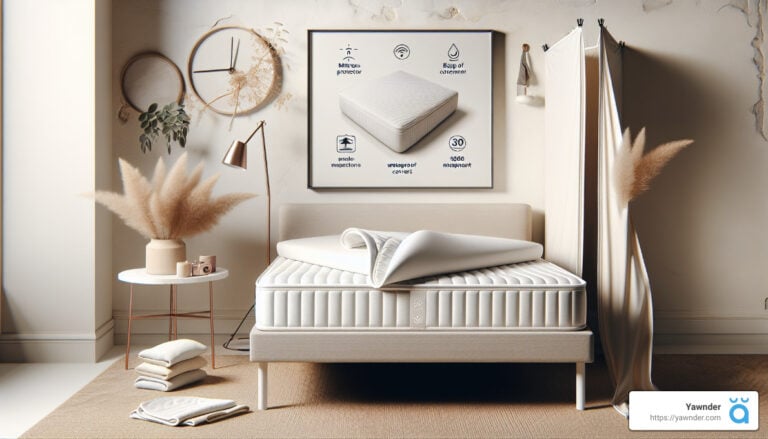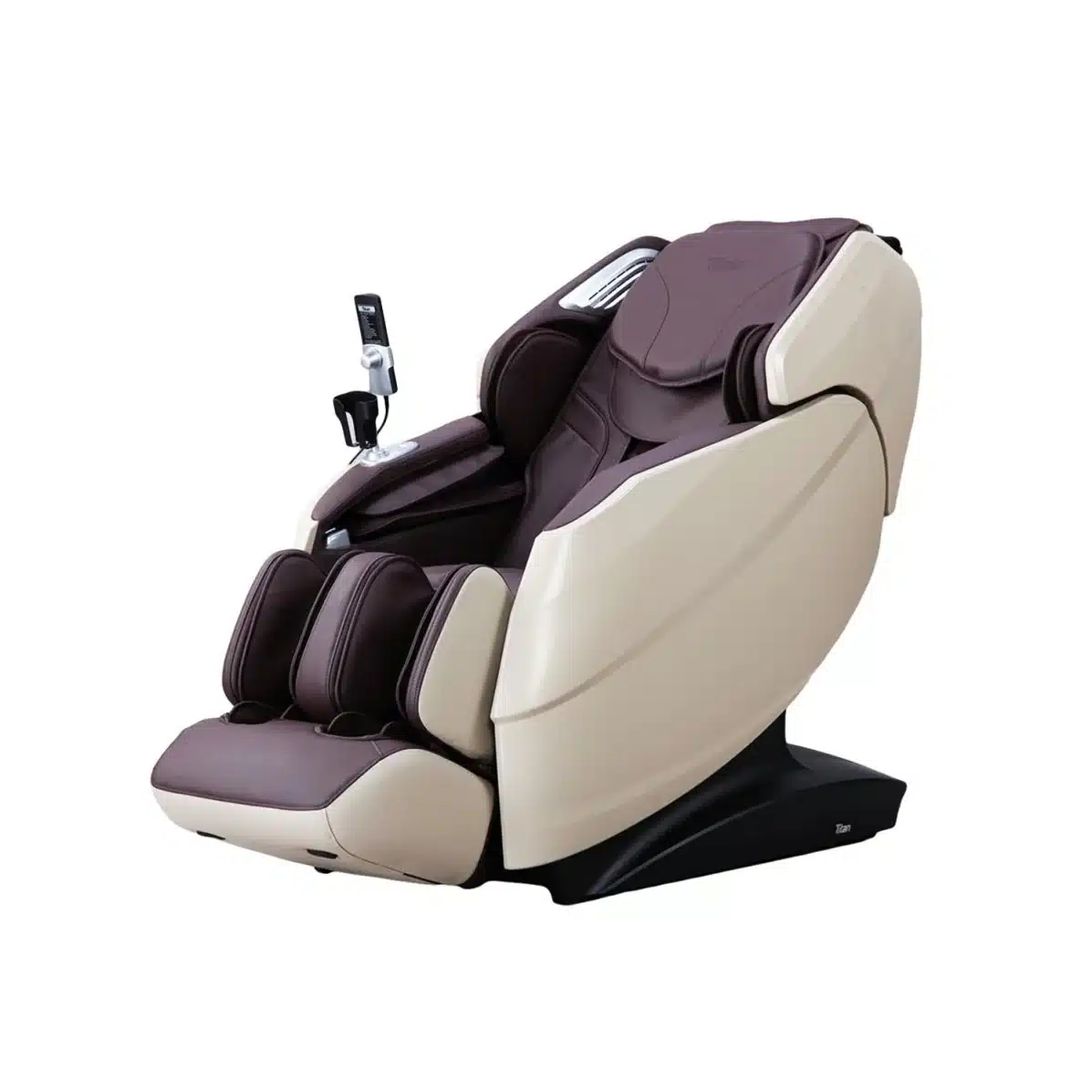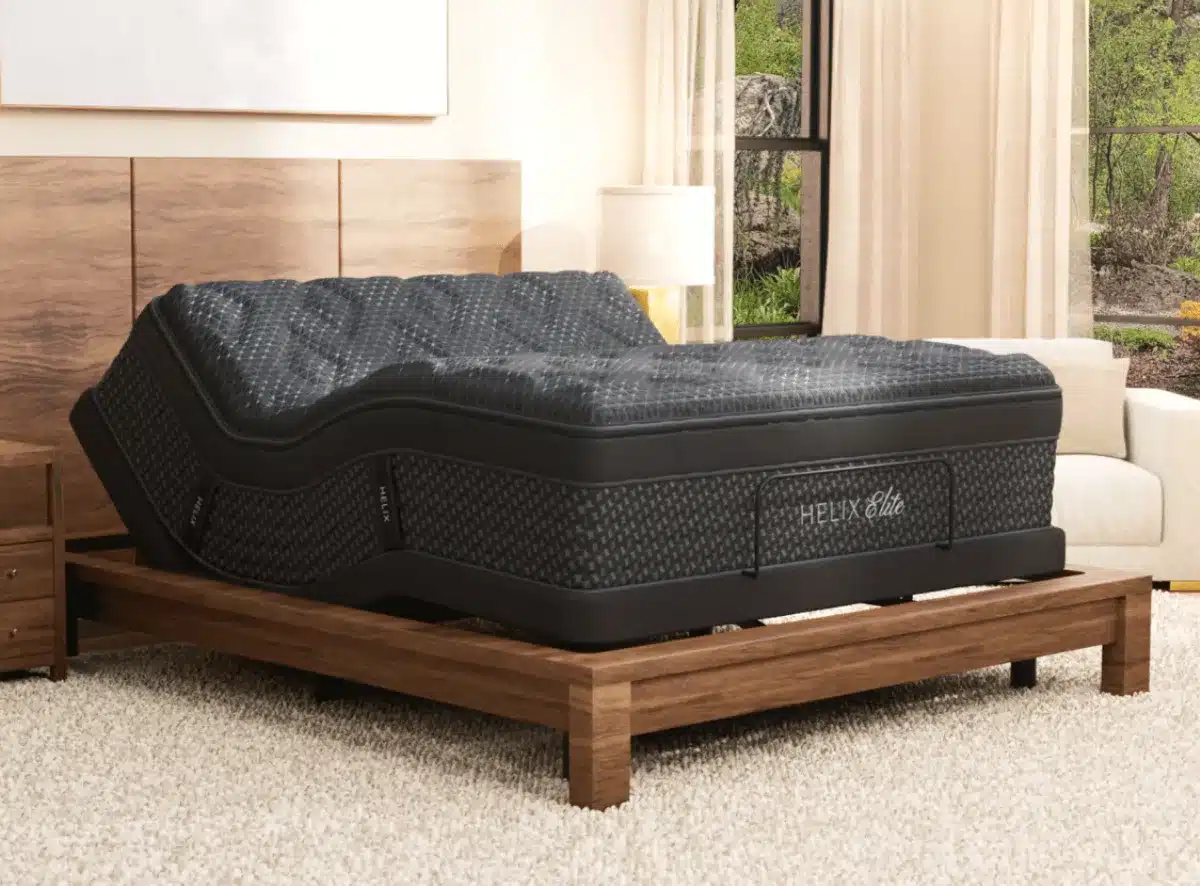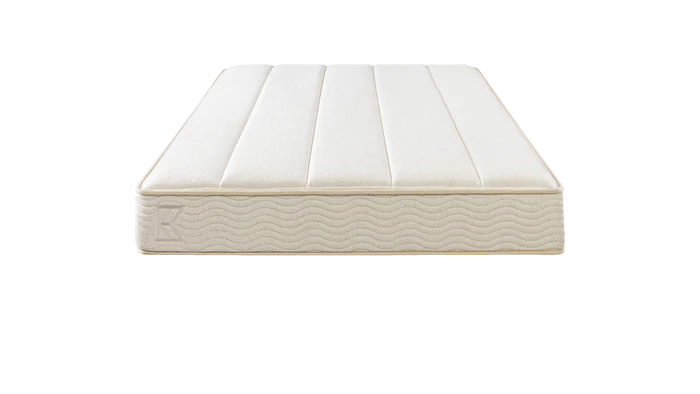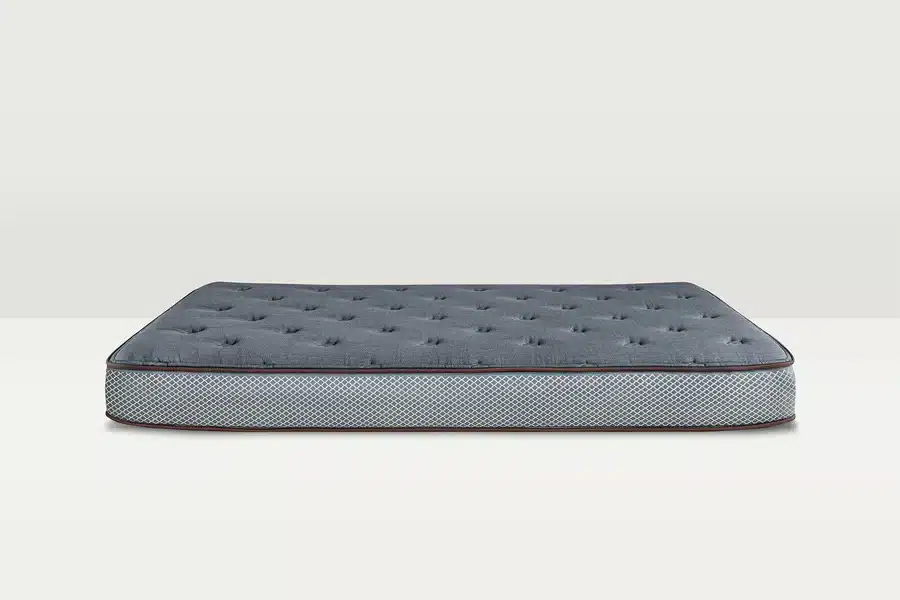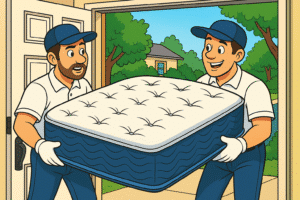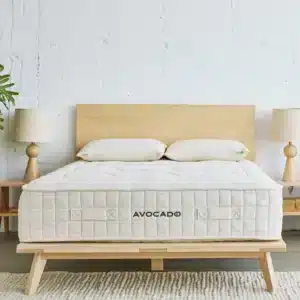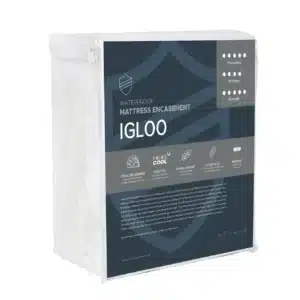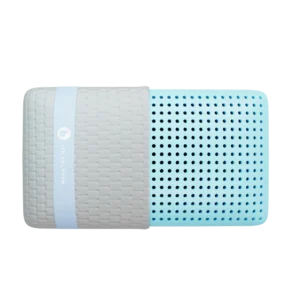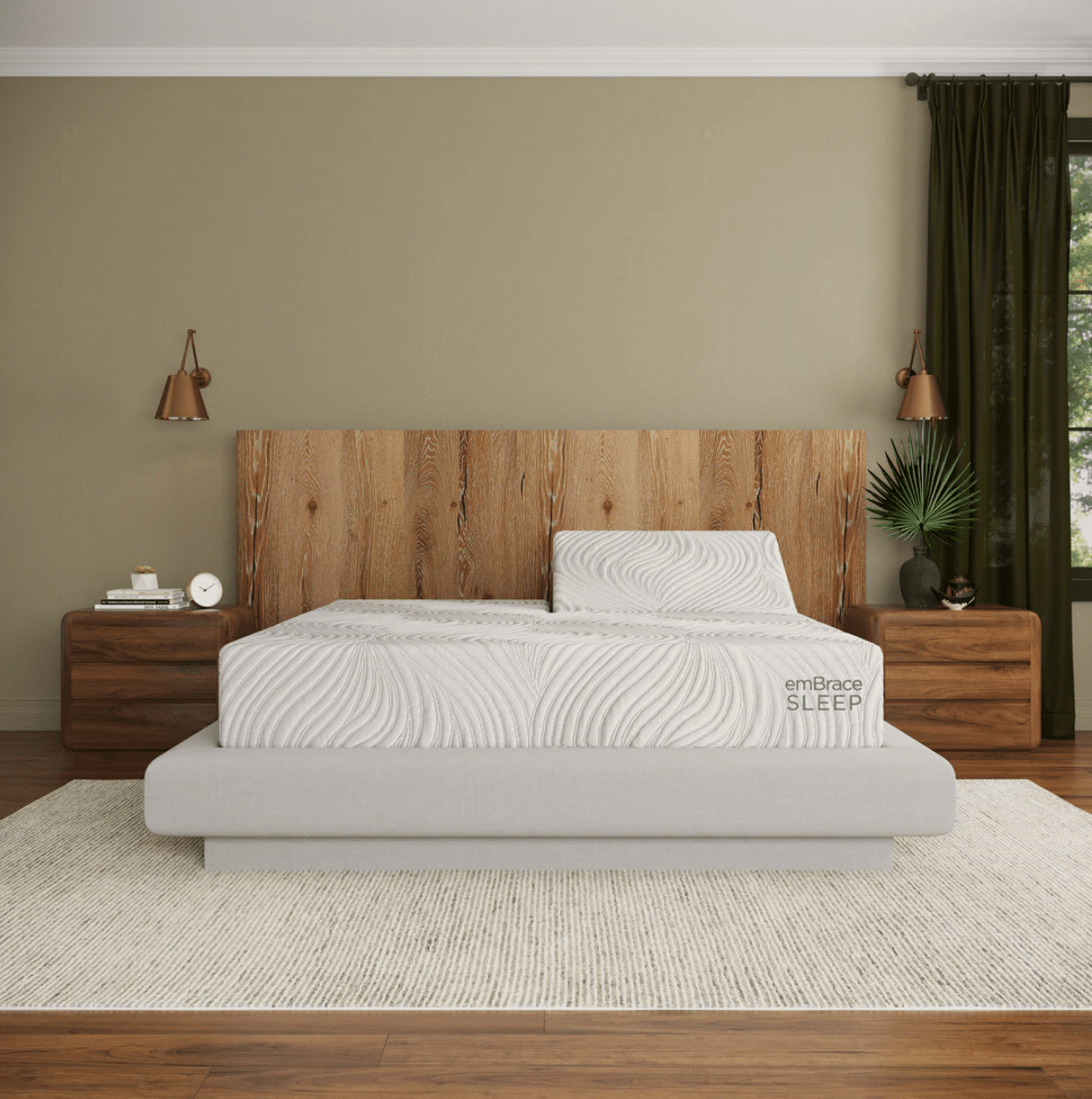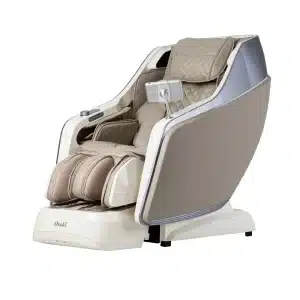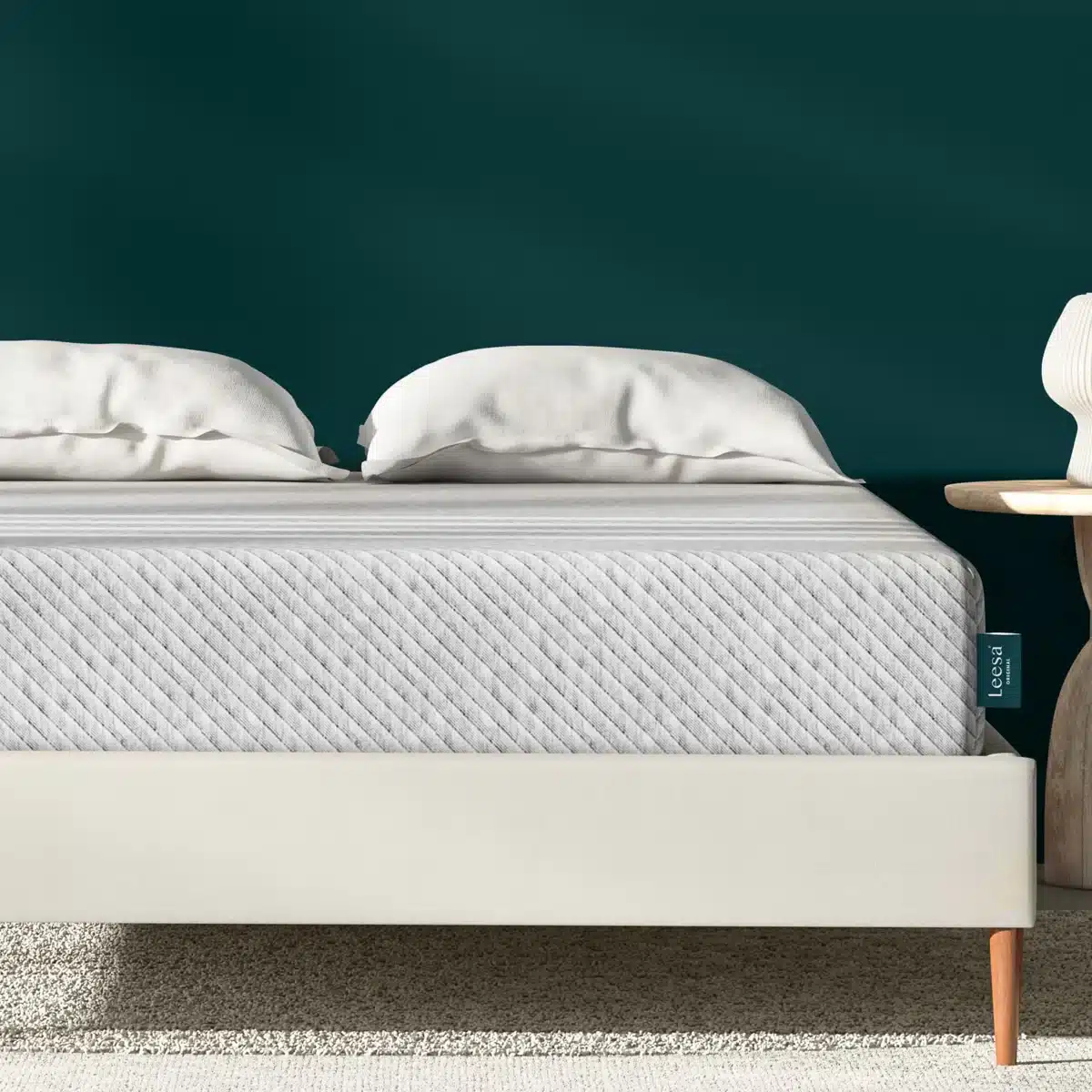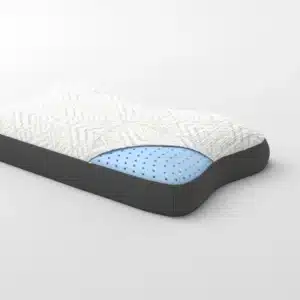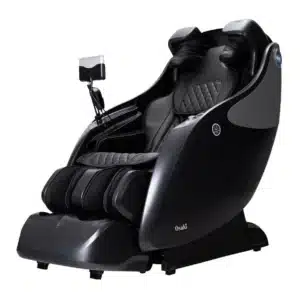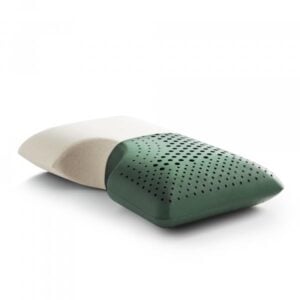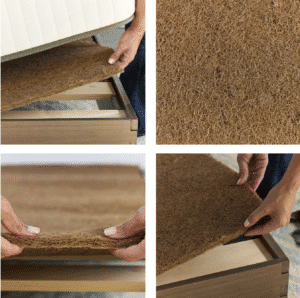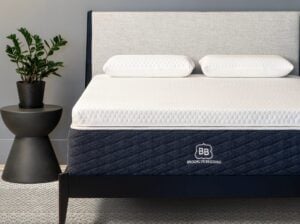The Definitive Guide to Mattress Protector vs. Encasement Features
Navigating the world of sleep products can be overwhelming, especially when debating between a mattress protector and a mattress encasement. Both are designed to safeguard your mattress, but knowing which suits your specific needs can greatly impact your sleeping environment and overall sleep quality.
Understanding Mattress Protectors
What is a Mattress Protector?
A mattress protector is akin to a fitted sheet, designed to cover only the top surface of the mattress. It fits snugly, thanks to its elastic edges, and serves as a barrier against spills, dust, dirt, and allergens.
Benefits of Mattress Protectors
– Protection from Spills: Waterproof mattress protectors are ideal for homes with children or pets, guarding against accidents like spills, sweat, and even urine, which can void your mattress warranty.
– Allergen Barrier: These protectors are effective in preventing the infiltration of dust mites, pet dander, and other allergens, making them particularly beneficial for allergy sufferers.
– Easy Maintenance: Most mattress protectors are machine washable, allowing for hassle-free cleaning that fits seamlessly into your laundry routine.
– Breathable Materials: Crafted from materials like cotton or bamboo-derived fabrics, many protectors help regulate temperature, making sleeping more comfortable.
– Cost-Effective: Generally, mattress protectors are more affordable than encasements, making them an economical choice when purchasing a new mattress.
Drawbacks of Mattress Protectors
– Limited Coverage: By only protecting the top of the mattress, these protectors leave the sides and bottom vulnerable to potential damage.
– Not Bed Bug Proof: Unlike encasements, mattress protectors do not sufficiently guard against bed bugs, allowing them to enter through unprotected areas.
– Potential Heat Retention: Some waterproof models may trap body heat, thus making them uncomfortable for hot sleepers. Choosing breathable options can help alleviate this concern.
The Role of Mattress Encasements
What is a Mattress Encasement?
A mattress encasement is a comprehensive protective cover that envelops your entire mattress. Think of it as a protective bag that zips completely around the mattress, offering much more extensive coverage than a traditional protector.
Benefits of Mattress Encasements
– 360-Degree Protection: Encasements shield your entire mattress—from the top to the sides and bottom—ensuring that no part is susceptible to dust, dirt, or allergens.
– Bed Bug Prevention: Many encasements include specialized zippers and internal barriers to prevent bed bugs from entering or escaping, making them an excellent choice for those concerned about pest infestations.
– Allergen Barrier: For those suffering from severe allergies, encasements provide a formidable barrier against dust mites and other allergens, significantly improving your sleep quality.
– Extended Mattress Lifespan: By protecting against spills and physical wear, encasements can prolong the life of your mattress, making them especially valuable for high-quality purchases.
– Durable Materials: Many encasements are made from long-lasting materials, offering guaranteed protection. For example, the Linenspa Zipped Waterproof Mattress Encasement comes with a substantial 10-year warranty.
Drawbacks of Mattress Encasements
– Higher Cost: Encasing your mattress typically incurs greater initial costs. However, many find this investment worthwhile for the level of protection provided.
– Difficult to Remove: The comprehensive design can make encasements awkward to handle when it comes time for cleaning.
– Harder to Clean: While many encasements are machine washable, their bulk can complicate the washing process, sometimes requiring larger machines or professional services.
– Potential Fit Issues: Ensuring an accurate fit for uniquely thick or oddly shaped mattresses can pose a challenge. Always verify measurements before purchasing.
Mattress Protector vs. Encasement: Key Differences
Understanding the differences between mattress protectors and encasements hinges on a few core factors: coverage, protection level, ease of use, cost, and fit.
Coverage and Protection
– Top Surface vs. Full Coverage: Mattress protectors only shield the top surface, while encasements provide 360-degree protection against dust and allergens.
– Waterproof Options: Both varieties can be waterproof, but encasements usually offer more comprehensive moisture protection.
– Bed Bug Protection: Encased mattresses are significantly more resistant to bed bugs, thanks to the sealed zipper design that prevents access.
Ease of Use and Cleaning
– Fitted Sheet Style vs. Zippered Closure: Mattress protectors are simpler to put on and take off. Encasements require more effort due to their design.
– Maintenance: Protectors typically demand frequent washing, while encasements may need cleaning less often but can be harder to manage.
Cost and Fit
– Affordability: Protectors are a cost-effective way to maintain surface cleanliness, while encasements usually represent a larger investment due to their extensive protection features.
– Size Compatibility: Protectors come in a variety of sizes but may not adjust well to oversized mattresses. Encasements require precise measurements to ensure a snug fit.
Choosing the Right Option for Your Needs
When to Choose a Mattress Protector
– If your primary need is for top surface protection against spills and allergens, a mattress protector is ideal.
– They are easier to remove and maintain, perfect for households that deal with frequent stains.
– Because they are cost-effective, they benefit those who are budget-conscious but still want to protect their mattresses effectively.
When to Choose a Mattress Encasement
– Opt for an encasement if you’re seeking comprehensive coverage, particularly for bed bug prevention or severe allergies.
– Ideal for maintaining a hygienic sleeping environment, encasements provide a stronger barrier against allergens and pests.
Conclusion
In conclusion, both mattress protectors and encasements provide invaluable protection, yet they cater to different needs. For those prioritizing easy maintenance and surface-level protection, a mattress protector is your best bet. Conversely, if bed bug prevention and thorough coverage are your primary concerns, a mattress encasement is the superior option.
At Yawnder, we appreciate the importance of safeguarding your sleep investment. Regardless of your choice, we offer a range of hypoallergenic mattresses and accessories tailored to enhance your sleeping experience. For personalized advice or to explore our collection further, visit our hypoallergenic mattresses page today!


